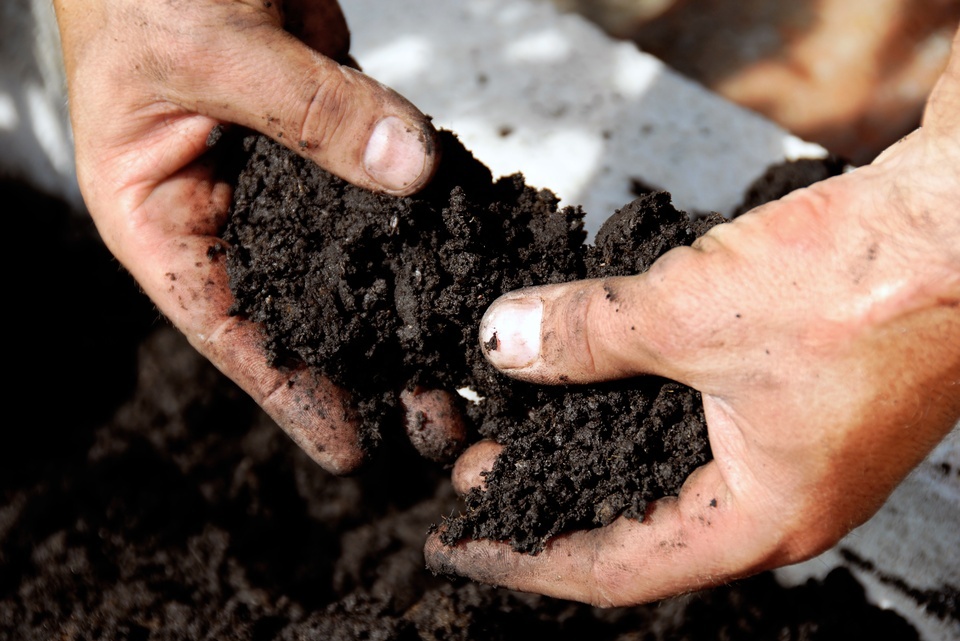Key Soil Health Indicators Revealed by Sampling
Soil health is a critical pillar of sustainable agriculture and ecosystem stability. A thorough understanding of soil composition and condition is essential for farmers, researchers, and conservationists working to maintain fertility, improve crop production, and promote environmental balance. Soil sampling is an important technique that provides comprehensive insight into various soil health parameters. By analyzing factors such as nutrient levels, pH balance, organic matter content, and microbial activity, soil sampling helps guide land management decisions. Read on to discover the key soil health indicators revealed by sampling.
Soil pH Balance

Soil pH is a fundamental factor in determining soil health, as it directly affects nutrient availability and plant growth. An imbalanced pH, either too acidic or too alkaline, can hinder plants’ access to essential nutrients. Soil sampling allows for precise pH measurements, guiding adjustments such as lime or sulfur applications to maintain a balanced pH range. For most crops, maintaining a pH between 6.0 and 7.5 is optimal, ensuring healthy root development and microbial activity. Routine monitoring prevents long-term soil degradation and fosters sustainable agricultural practices.
Organic Matter Content
The presence of organic matter is crucial for soil health, as it influences soil structure, moisture retention, and nutrient cycling. Organic matter also enhances soil aeration, provides food for microorganisms, and contributes to overall plant fertility. Soil samples can assess organic matter levels, revealing how well the soil supports plant growth and microbial activity. High organic matter improves water retention and reduces soil erosion, while insufficient organic content may require practices such as composting or cover cropping. Understanding organic matter distribution aids in tailoring soil management techniques for sustained productivity.
Nutrient Availability (Macronutrients)
Macronutrients such as nitrogen, phosphorus, and potassium (NPK) are essential for healthy plant growth. Soil sampling helps determine their concentration, enabling farmers to apply fertilizers more efficiently. Nitrogen boosts plant vigor, phosphorus supports root development, and potassium enhances drought tolerance and disease resistance. Deficiencies or excesses in any of these macronutrients can affect crop performance and lead to environmental pollution. Regular soil sampling provides valuable data for precise fertilization, reducing costs and minimizing nutrient runoff.
Micronutrient Levels
In addition to macronutrients, plants also require small amounts of micronutrients such as iron, zinc, manganese, and copper, which are crucial for enzymatic functions and overall plant health. Even slight deficiencies can negatively affect plant growth and yield. Soil sampling identifies these micronutrient imbalances, allowing for targeted amendments. Monitoring these elements is particularly important in soils that are heavily cropped or sandy, where depletion can occur quickly. Ensuring sufficient micronutrient availability optimizes plant growth and prevents nutrient-related issues.
Soil Texture and Composition
The physical composition of soil—whether it’s sandy, loamy, or clay-heavy—affects water retention, drainage, and root penetration. Soil sampling reveals the proportion of sand, silt, and clay, providing insight into the soil’s behavior under various conditions. Sandy soils tend to drain quickly, but they struggle to retain nutrients. Clay soils retain water but can easily become compacted. Understanding soil texture allows for appropriate irrigation and amendment strategies. For instance, adding organic matter to sandy soils or implementing aeration techniques for clay soils can optimize growing conditions.
Soil Compaction
Soil compaction can impede root growth, limit water and air movement, and hinder microbial activity. Soil sampling can detect compaction issues by measuring bulk density or penetration resistance. Compacted soils may benefit from remediation methods such as deep tillage, aeration, or the incorporation of organic matter. Ensuring adequate pore space in the soil is critical for supporting root expansion and the activity of beneficial organisms. Early intervention can improve plants’ access to nutrients and water, ultimately enhancing productivity.
Cation Exchange Capacity (CEC)
Cation exchange capacity (CEC) measures the soil’s ability to retain and release essential nutrients such as calcium, magnesium, and potassium. Soils with high CEC are better able to hold these nutrients and make them available to plants. In contrast, soils with low CEC, often sandy in nature, may require more frequent fertilization to maintain plant fertility. Soil tests provide CEC data, guiding fertilization practices and the use of amendments that improve nutrient retention, ensuring long-term soil health and efficient fertilizer use.
Salinity Levels
Excessive salts in the soil can hinder plant water uptake, leading to dehydration and poor plant health. Soil sampling can identify salinity issues, which can arise from irrigation practices, poor drainage, or natural salt accumulation. High salinity can be mitigated by improving drainage, selecting salt-tolerant crops, or applying gypsum. Monitoring salinity is key to preventing soil degradation and ensuring healthy plant growth.
Soil Microbial Activity
Healthy soils are teeming with beneficial microorganisms that decompose organic matter, fix nitrogen, and combat harmful pathogens. Soil sampling can assess microbial biomass and diversity, offering a snapshot of the soil’s biological health. Low microbial activity often indicates poor soil conditions, excessive chemical use, or compaction. Enhancing microbial diversity through composting , cover cropping, and reducing tillage supports soil resilience and plant health. A thriving microbial community is essential for nutrient cycling and long-term soil fertility.
Carbon-to-Nitrogen Ratio (C:N)
The carbon-to-nitrogen (C:N) ratio influences decomposition rates and nutrient availability. A balanced C:N ratio fosters microbial activity and enhances nutrient uptake by plants. Soil sampling can indicate whether adjustments such as adding decomposed organic matter or green manure are needed to optimize soil function.
Water Holding Capacity
The soil’s ability to retain water significantly affects drought resistance and irrigation efficiency. Soil sampling determines water retention levels, allowing farmers to optimize irrigation schedules. Improved water retention reduces runoff, conserves water, and enhances crop resilience to changing environmental conditions.
Heavy Metal Contamination
Industrial activity, pesticide use, and certain soil amendments can lead to the accumulation of heavy metals such as lead, arsenic, and cadmium. Soil sampling detects toxic levels of these contaminants, guiding remediation efforts. Early identification of heavy metal contamination is essential for preventing health risks and ensuring compliance with safety standards in agriculture.
Erosion Potential
Soil erosion depletes topsoil, reduces fertility, and contributes to land degradation. Soil sampling can identify areas susceptible to erosion, enabling land managers to implement conservation practices such as contour farming, no-till methods, or planting vegetative buffers. Protecting soil from erosion is critical for preserving organic matter and maintaining soil health.
Soil Respiration Rates
Soil respiration, measured by CO₂ release, indicates the levels of biological activity and decomposition within the soil. High respiration rates signal an active microbial community and healthy organic matter cycling. Regular soil sampling for respiration monitors soil vitality, ensuring sustained nutrient.
Selecting the Right Soil Sampling Equipment

Accurate soil testing begins with the proper soil sampling equipment. Using high-quality probes, augers, and soil coring tools provides precise results by maintaining consistent sampling depth and preventing cross-layer contamination. Whether you’re measuring pH, nutrient levels, or compaction, investing in professional-grade soil sampling tools is crucial for obtaining reliable data and optimizing soil management. For farmers, researchers, and land conservationists, choosing the appropriate equipment is the first step in gaining valuable soil insight.
Now that you know the key soil health indicators revealed by sampling, you can make informed decisions to improve soil quality, boost crop yields, and protect the environment. With the right soil sampling equipment, land managers can collect precise data and implement effective soil health strategies.
Recent Posts
-
Key Soil Health Indicators Revealed by Sampling
Soil health is a critical pillar of sustainable agriculture and ecosystem stability. A thorough unde …March 31, 2025 -
Common Geotechnical Tests for Foundation Design
Geotechnical engineers utilize a variety of tests to evaluate soil and rock properties, verifying th …March 28, 2025 -
Soil Sampling in Extreme Environments: Method and Tools
Soil sampling in extreme environments presents unique challenges that require specialized methods a …March 25, 2025




